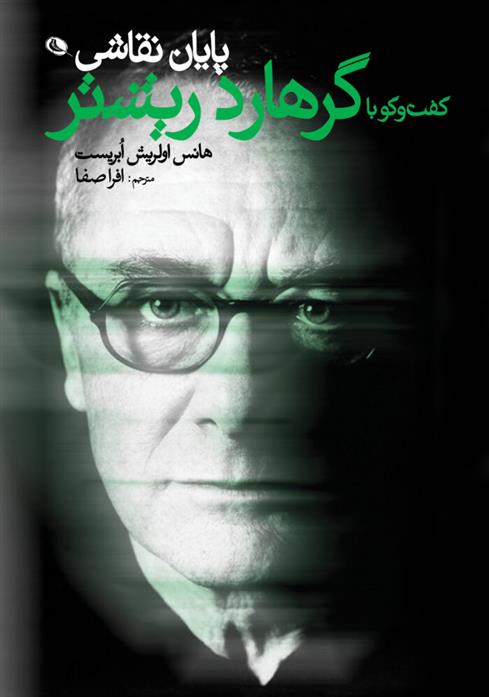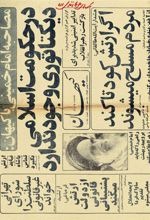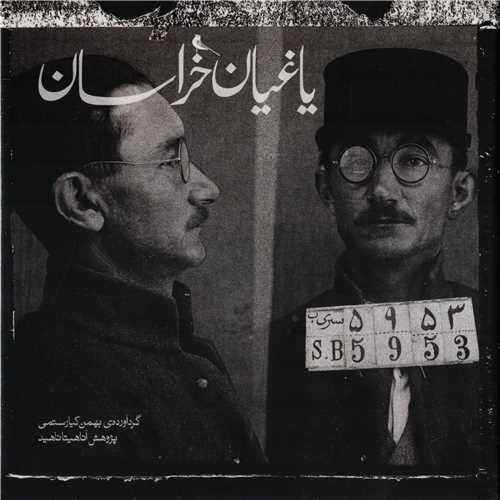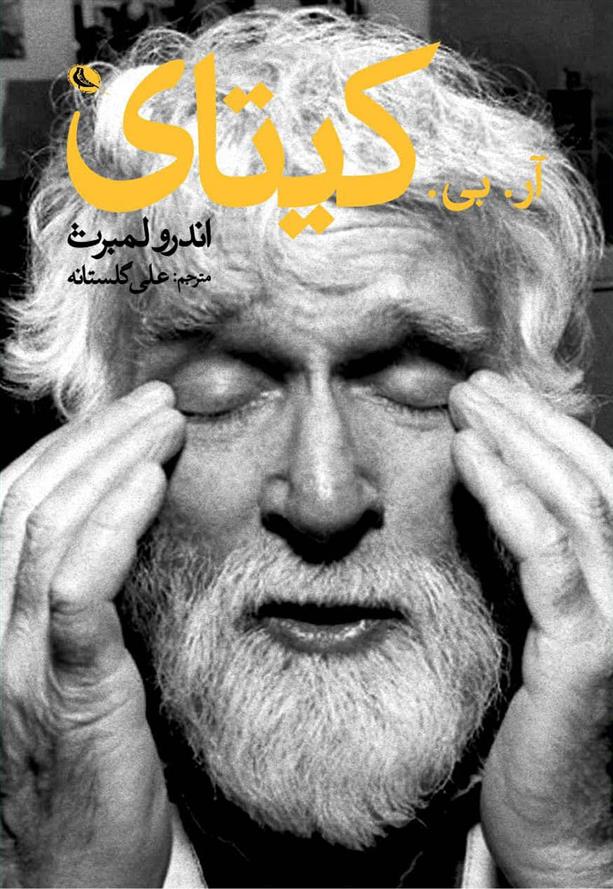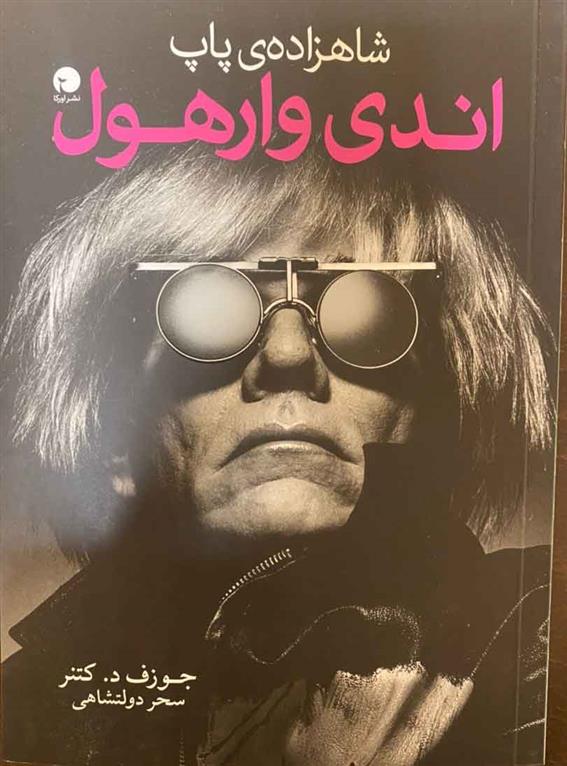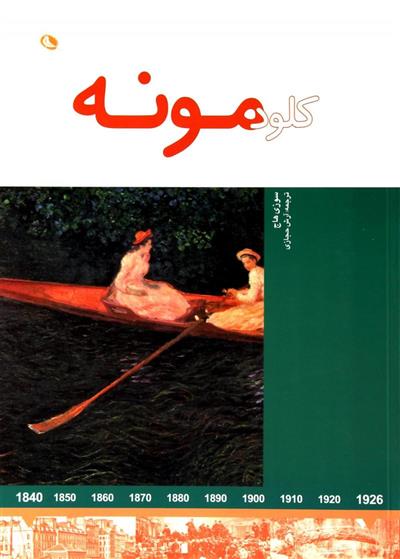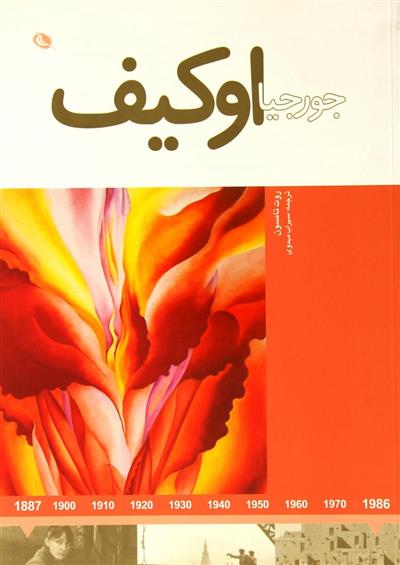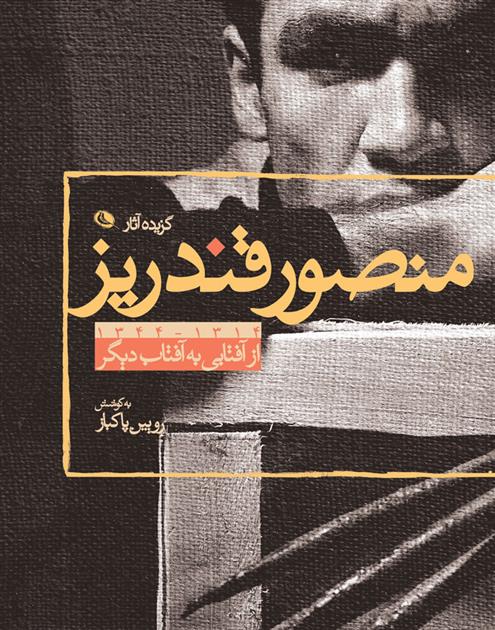Pāyān-i naqāshī, guft va gū bā Garhārd Rīshtir: Persian 1401
پایان نقاشی، گفتگو با گرهارد ریشتر
20.98 $
Share
Wishlist
"The End of Painting" is the result of long conversations between Gerhard Richter, the world's most expensive living painter, and Hans Ulrich Abrist over the past twenty-six years with the aim of covering topics that have not been discussed before.
In the early 1960s, Richter was close to the position of theorists who believed that technological advances had made the art of painting obsolete and obsolete as a means of expression. Due to the necessity of living in contemporary times, he announces the death of painting and immediately states that "but one cannot not paint". He breaks the boundaries of media and uses photography and painting to identify with nature; His style does not have a clear single path, he considers the conventions in painting to have an ideological format, therefore challenging the predetermined frameworks is a prominent feature of his works, which always emphasize the human problem, the desire to understand the world and the place of man in it. Is
more
«پایان نقاشی» ماحصل گفتوگوهای بلندی میان گرهارد ریشتر، گرانترین نقاش زنده جهان و هانس اولریش ابریست طی بیست و شش سال گذشته با هدف پوشش دادن موضوعاتیست که پیشتر دربارهی آنها صحبت نشده است.
ریشتر در اوایل دهه ۱۹۶۰ به موضع نظریهپردازانی نزدیک بود که معتقد بودند پیشرفتهای تکنولوژی هنر نقاشی را بهعنوان یک وسیله بیانی، متروک و منسوخ ساخته است. او به اقتضای زیست در زمانهی معاصر به گونهای مرگ نقاشی را اعلام میکند و بلافاصله بیان میدارد که «اما نمیتوان نقاشی نکرد». او مرز رسانهها را بر هم میزند و با استفاده از عکاسی و نقاشی به همسانسازی با طبیعت میپردازد؛ سبک او فاقد مسیر واحد روشنی است، قراردادها در نقاشی را دارای قالبی ایدئولوژیک میداند از این رو به چالش کشیدن چارچوبهای از پیش تعیین شده ویژگی بارز آثار اوست که همواره به مثابه تاکیدی بر معضل انسانی، میل به درک جهان و جایگاه انسان در درون آن است.
more

